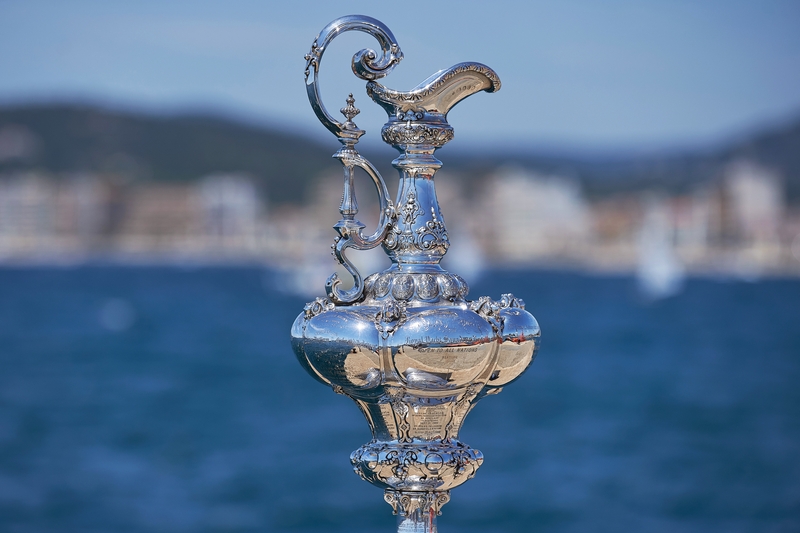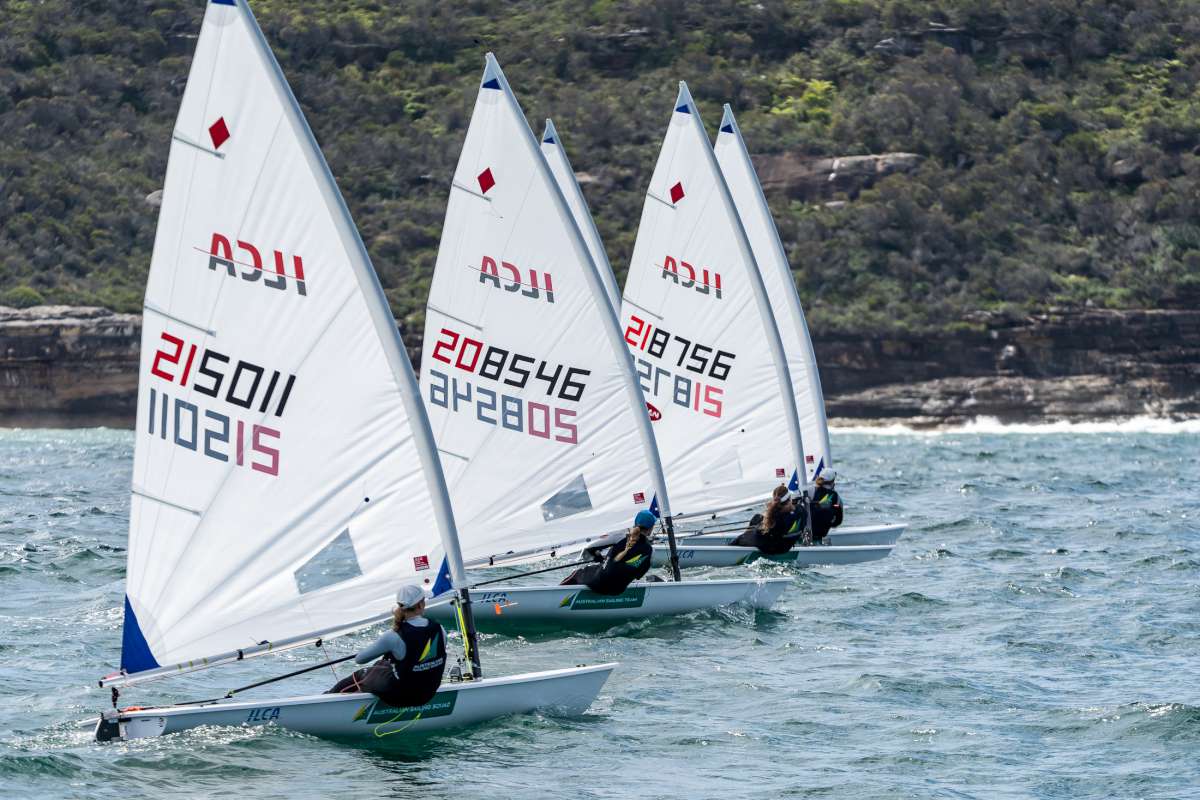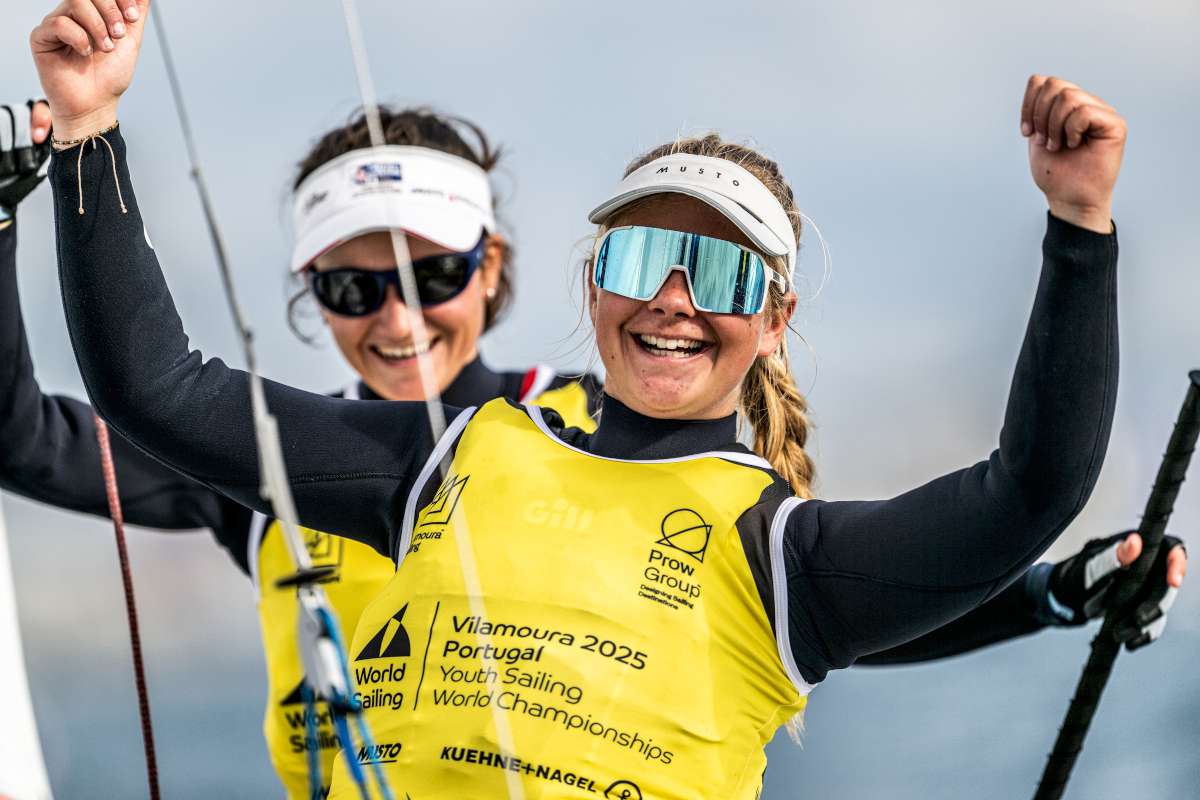Desperately trying to conserve heat in a sodden, salt encrusted sleeping bag. Cold, wet, somewhat battered and completely humbled by nature; it was probably the longest night of our lives and presented each of us with the opportunity for the deepest introspection.
We three were alone in the Southern Ocean. Alone save for the company of the sound of the tempest outside.
The seas and winds continued unabated, we had the sound of the recently-compromised rigging with the grating of the gyrating mast succeeding in keeping us focussed that long dark night; focused on each and every successive wave that rolled us until our leeward rail again submerged.
Some hours earlier we had suffered a knock-down that sent us to our beam’s end. A frothing freight train rammed us broadside and pushed us off the liquid cliff. The surge, the ride, our world upended beneath us until the navigational lights and anemometer atop the masthead were completely submerged and broken off.
The violence of this second knock-down was such that our helm too was literally sheared off. Anyone who has experienced a knock-down at sea knows that you literally stop breathing as you desperately attempt to attune yourself to the boat once again. Like a rider taking a jump and having the horse stumble beneath you, concern is for the animal: is she picking herself up again?
As Drina’s righting moments sought to regain stability, there was time enough to think, to hope, that she can, that indeed she will. She did. Our faithful mount Drina proved her ability yet again.
Our tiny home for the preceding seven month voyage was again in complete disarray; deck plates were dislodged and trapped in the lee clothes of our berths, the contents of the bilges disgorged, blending with an inrush of saltwater and every other object in the main cabin that had not actually been screwed fast.
Why are we here? How did we come to be here?
Then I recalled: we chose to be here. This Southern Ocean odyssey was the brainchild of a discussion between the three of us onboard during our successful transit attempt of the Northwest Passage during the northern summer of 2014.
Setting off from Rhode Island in June, we were one of only three boats that made the full transit that year, arriving in Nome, Alaska mid-September. Likely as a result of that exhilaratingly intense Arctic experience battling ice and polar bears, the bond between Mike, Rossco and myself had been created.
The fact the three of us were of three different generations was not important. On a boat in trying conditions, what is important is how we work as a team, how each of our strengths can complement weaknesses, apparent of not, in the other.
To a man, we were all lifelong fans of Shackleton. Personally, I had first discovered Shackleton at the Australian Maritime College some years ago when researching my thesis on high latitude ice navigation.
Sir Ernest’s feats of endurance are the stuff of legend. For me, Shackleton quickly became my personal hero and as my career progressed in various management roles ashore, an apt role model in leadership.
The remote South Atlantic island of South Georgia itself is now synonymous with his legend and, fittingly, remains the final resting place of this great merchant-mariner explorer as well as his equally-resilient right-hand man, Frank Wild. The island is home to and teems with wildlife during the southern summer.
Over a few beers in one of Nome’s many establishments after our NWP transit these words had been uttered: “Skip, if you ever think about getting the crew back together for another grand voyage to the south, we two can and will this very minute, commit”.
It took the skipper Mike Thurston just two and a half years to reach out, and the timing was extremely fortuitous.
Mike is already a legendary and extremely salty, sea-dog in his own right. His first circumnavigation together with his wife and his two very young children in the 1980’s was the basis of the acclaimed cruising book ‘Dolphins at sunset’. Having lived aboard and cruised the very same 50’ ketch-rigged sailing yacht Drina for the nearly thirty years since, Mike estimates he has accumulated more than 300,000 nautical miles by the time our second voyage commenced; the majority of which Mike had likely sailed single-handed.
Not once, in all those miles on this very boat, had his favoured defensive storm tactic of heaving-to, not worked.
The Indian Ocean claimed us twice.
Once is a data point, an anomaly. Twice is coincidence. Third time may have signalled a trend but, thankfully, we never found out.
Having sustained substantial damage, not least to the rig and the complete severing of our wheel, we were most relieved when we finally limped into Fremantle, Western Australia and berthed using the emergency tiller.
The ‘raison d'être’ for the expedition had always been to visit Shackleton’s grave and, in doing so, experience the extraordinary cruising grounds of South Georgia, arguably one of the last raw, unexploited pearls on our planet, largely thanks to its remoteness and extremes in weather. The planned itinerary was simply borne out of the destination, but while we were deep in the southern latitudes there were a few more pearls we had hoped to claim for the circumnavigation’s necklace.
To make best use of the southern hemisphere summer our departure from Brisbane, Australia had been planned for mid-September. As the 15th September had been a Friday, we delayed our departure one day as any self-respecting, superstitious sailor would.
Our planned voyage was to take us south of the Horn, which for two of us represented our own first ‘sailor’s Everest’. Mike had rounded the Horn in 2010, in what he refers to as the completion of his circumnavigation of the Americas. The resulting champagne cork remains a central feature of the main cabin below.
We ultimately rounded ‘Cabo de Hornos’ close enough inshore that the Chilean coast-watch officer sounded decidedly panicked on VHF. Mike responded as he often does with his usual smirk and child-like glint in his eye. As a gale was forecast and winds already building, we sought shelter and revelled in two blissful nights swinging securely on the anchor and bottle after the 6,000 nautical mile passage from Brisbane.
After an interesting, if not a little confusing, administrative reception to our clearing-in attempts at Puerto Williams, Chile resulted in an immediate expulsion from that same country, we departed for Ushuaia, Argentina some four hours further up the Beagle Channel.
We were warmly welcomed by Icebird, who offered us the opportunity to raft alongside and warmly welcomed the new ‘Cape Horners’ with a celebratory hot shower,our first in 60 days, plus an Argentinian steak and a crisp, fresh salad. Only sailors can understand.
Cath, the skipper, advised Mike that his book ‘Dolphins in sunset’ had subsequently inspired her own circumnavigation. The world is delightfully small.
Onwards to Stanley, the capital village in the South Atlantic’s ‘little Britain’ before turning south east to South Georgia. A month cruising this Antarctic Island paradise was everything we had hoped and we feel extremely privileged to have had the opportunity to explore the wild anchorages and hike every day amongst the island’s residents: penguins, fur seals and elephant seals, the petrels and albatross.
Our planned route then took us to Cape Town, South Africa to reprovision before once again heading south to visit the extremely remote sub-Antarctic islands belonging to the French: Les Îles Crozet and Îles de la Désolation, also known as Kerguelen.
These islands are administered by the Terres Australes et Antarctiques Françaises (TAAF) and our experiences in and around these French gems, similar to our month on South Georgia, is worthy of its own article. The welcome and hospitality received by the French scientists in both Port Alfred Faure and Port-aux-Français is without parallel.
Heading north we had anticipated calling Amsterdam Island, being the third of the islands administered by TAAF and populated with a French scientific base. Similar to Amsterdam’s distant Atlantic cousin Tristan de Cunha, an equally exposed, poor anchorage meant at best a 1 in 10 chance of successfully calling the island.
After the knock-down just a week after departing Kerguelen, prudence dictated seeking the closest possible refuge, obliging us to nurse the rigging and manage our substantially reduced fuel reserves all the way into Fremantle, some 600 nautical miles distant at the time of the second knock-down.
Probably the greatest lesson that may be taken out of this voyage, is that age need not be a barrier. Representing three distinctly separate generations, each of us found a way around the typical societal constraints associated with each of the stages in our lives.
Being in his mid-20’s and having accumulated a few years engineering work experience, a mortgage and a fiancé furthering her education, Rossco was able to recognise: ‘if not now, then when will he ever again?’ In doing so, he is now likely one of the few people to have both successfully traversed the Northwest Passage and experienced the Southern Ocean by the ripe old age of 26.
Quadragenarians face their own set of constraints, as interruptions to career progression and the fact that the next decade potentially represents the greatest opportunity to positively impact the mortgages that typically hang over our heads like the proverbial sword of Damocles. An alternative can simply be to recognise and embrace mid-life crises as mid-life opportunities. That said, I can note with some satisfaction the success I have enjoyed by rephrasing and justifying these mid-life opportunities as mid-life crises.
Having met my wife sailing in the South Pacific while sailing aboard a square-rigged sailing ship over 20 years ago, our sense of adventure is understood to be an inherent part of who each of us are. So, fortunately, there was never really a question of me ‘not going’. Our next voyage together, however, will be to decidedly warmer climes and to a destination of my wife’s choosing.
Mike, now well into his mid-70’s, continues to remain an example for us all whether he is scrambling atop the dodger to furl the main or balancing on the aft rail to clear the water generator of kelp.
When many septuagenarians, or even younger, claim they are already too old to take on the rigours of aging let alone a voyage of this magnitude, the fact that Mike is prepared to take his only home north into the ice and southward into the mountainous seas of the mighty Southern Ocean is testament to the man and his approach to life.
After two major voyages together and having lived in the close confines of Drina with Mike for the better part of a year, Michael was much more than a skipper: he became a mentor, a companion and a role model.
Perhaps Mike also sees a little of himself in each of the two of us. Rossco, young and Adonis-like, always willing to undertake any task: the perfect crew for any boat. Matt, once a seagoing merchant marine professional might have reminded Mike of his own days as an inter-island freight skipper and capable marine pilot in Papua New Guinea’s outer ports. This is but speculation.
What we do know, whether onboard during the routine polar watches navigating ice or when disaster struck in the wee dark hours, we were as solid a team as The Boss, Wuzzles and Crean and our faithful Drina proved to be as hardy as the legendary James Caird.
I recall reading that for cyclists in Tour de France, it is not about how fast the cyclists can ride but how much pain they can tolerate. Similarly, long distance Southern Ocean sailing is really about how much discomfort one is prepared to endure. According to the Shackleton family motto: ‘through endurance we conquer’, endured we did.
But none of us claim to have conquered anything. Not really.
Like any grand venture, half the battle is overcoming society’s expectations and just getting to the starting line.
We now raise a glass to our skipper Mike and hope that this brief article about this particular septuagenarian’s enduring tenacity just might inspire other sailors, as much as Mike continues to inspire the two generations that sailed with him across the top, and around the bottom of the world. ≈
























